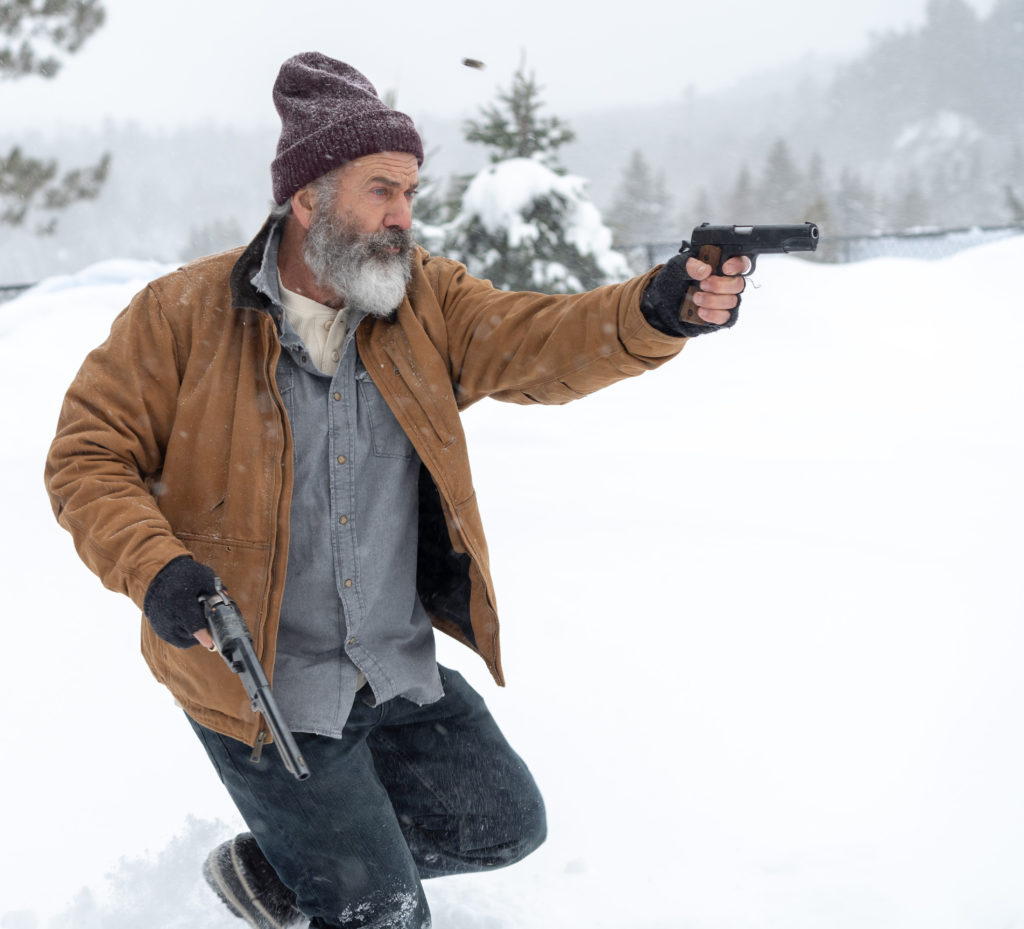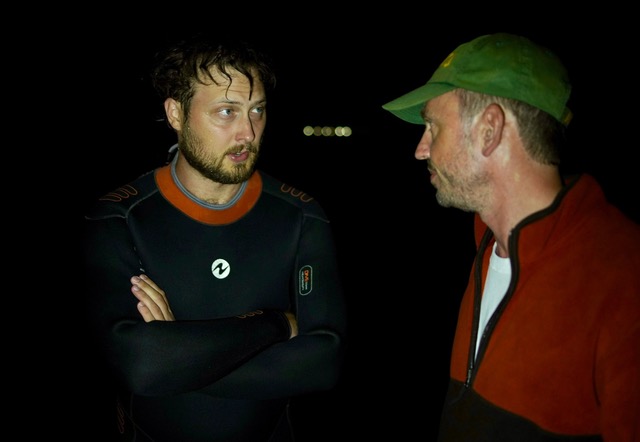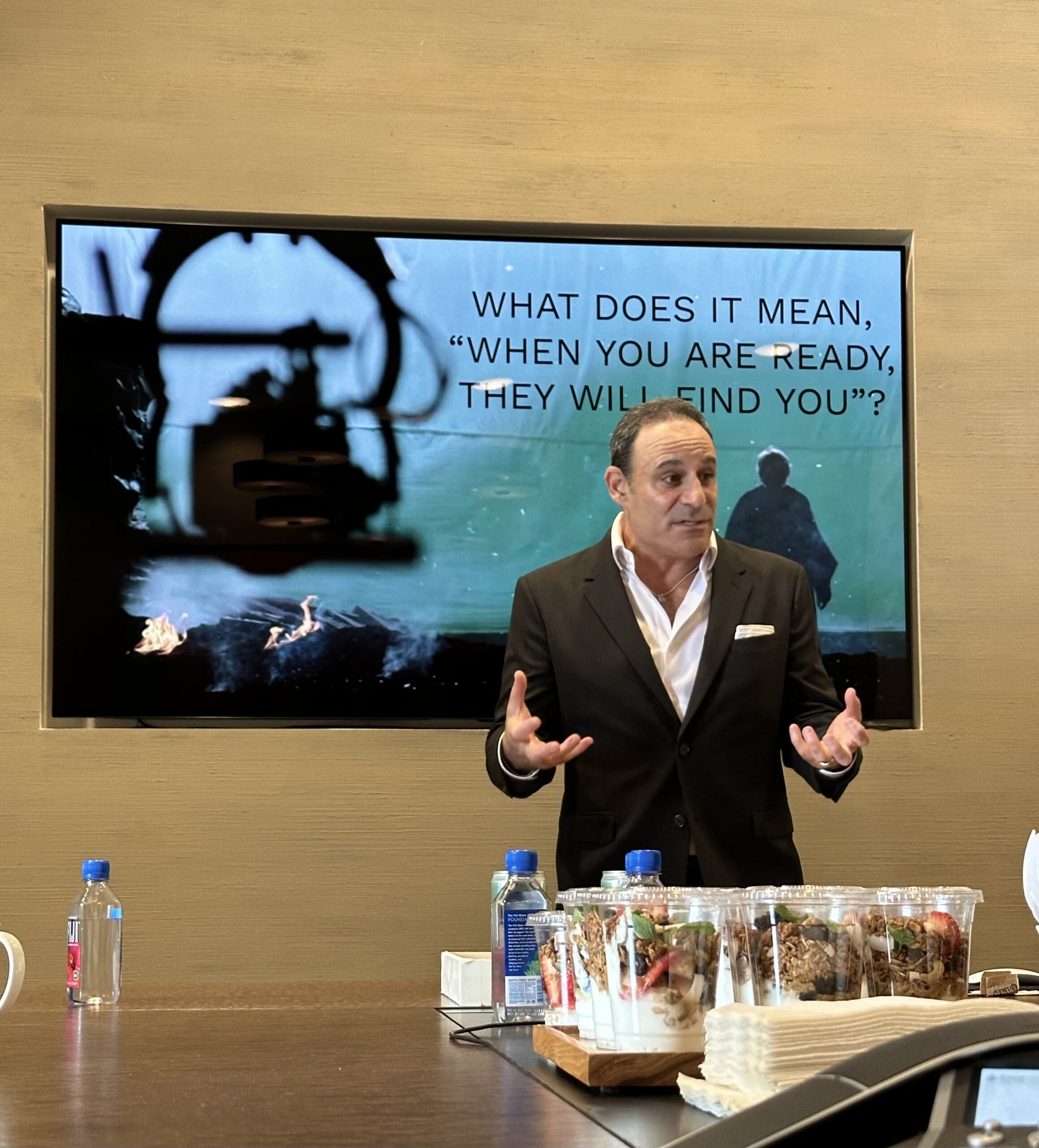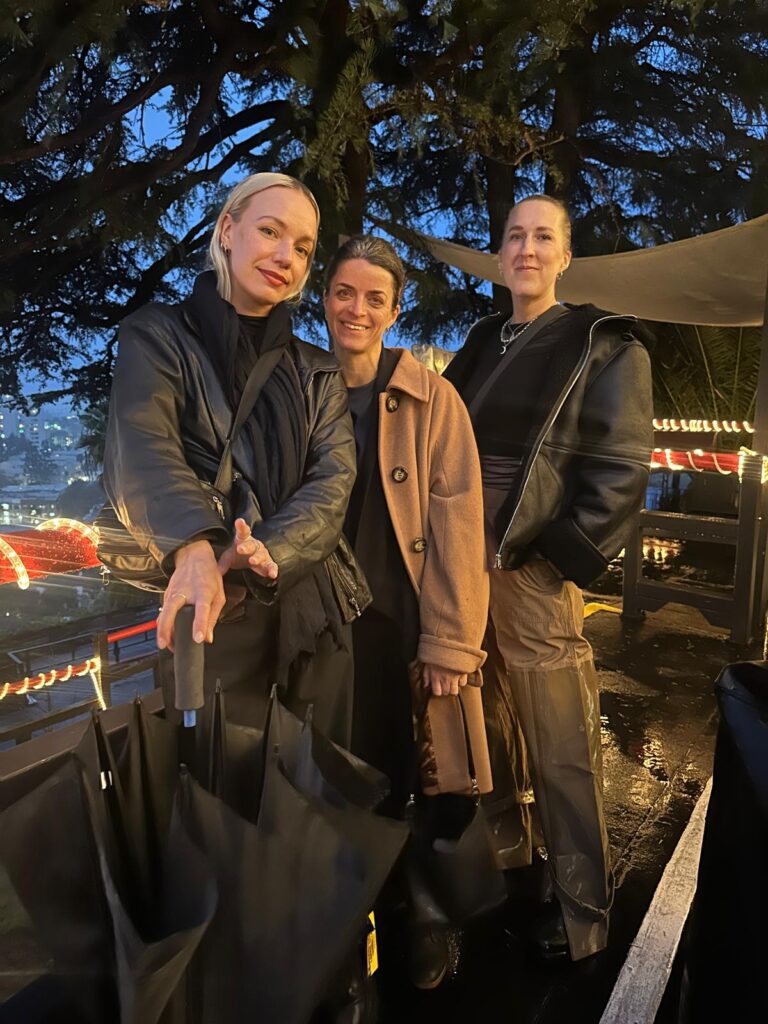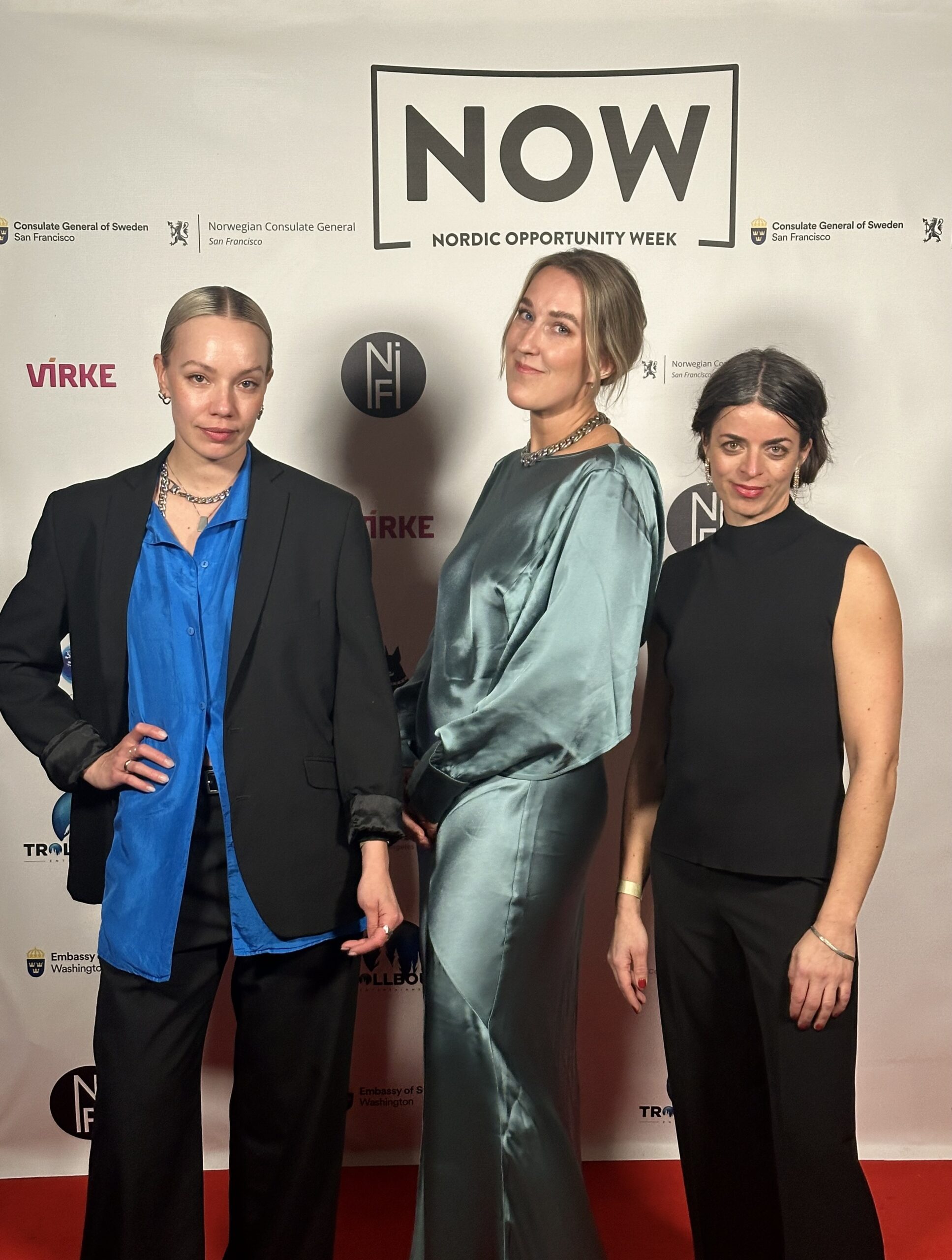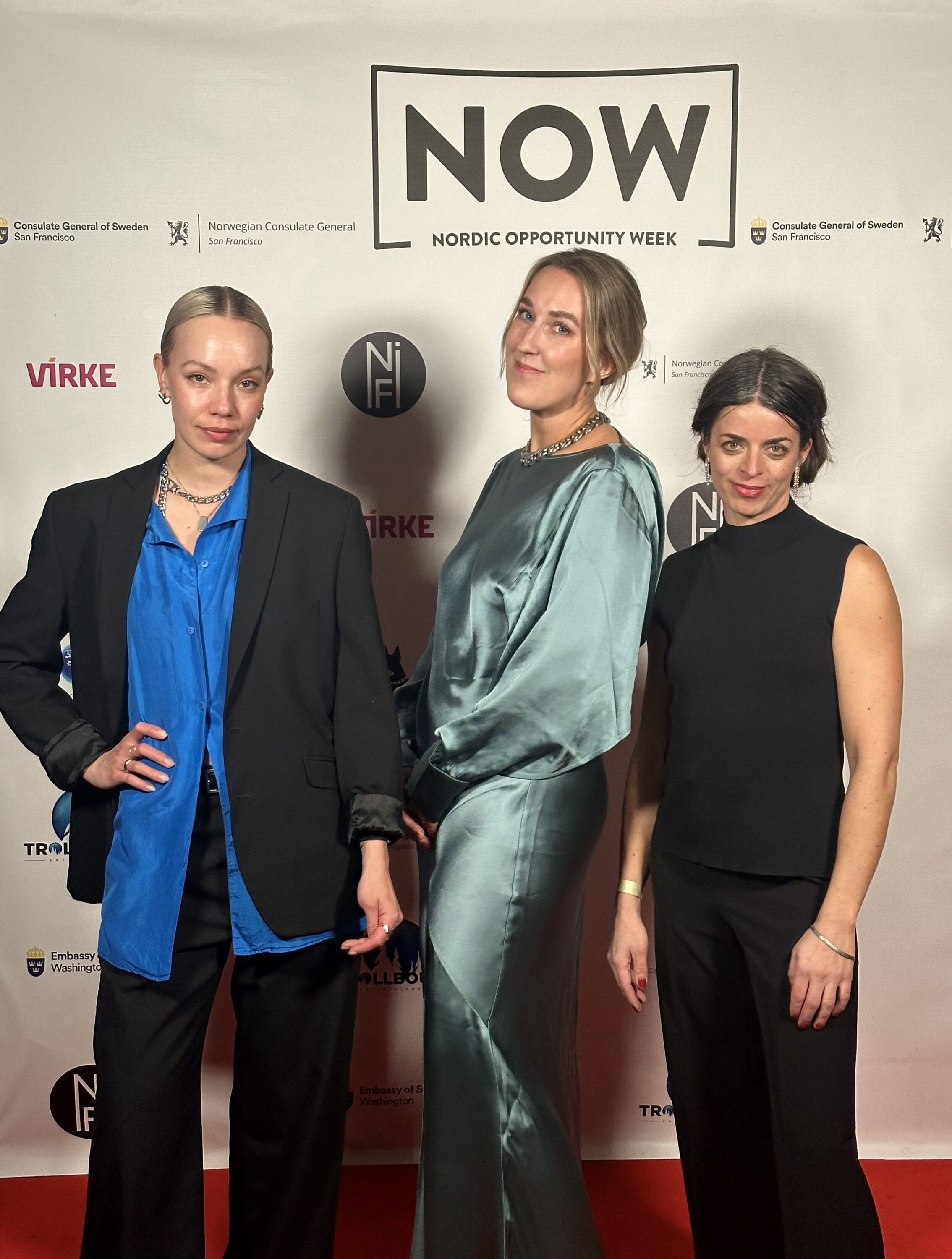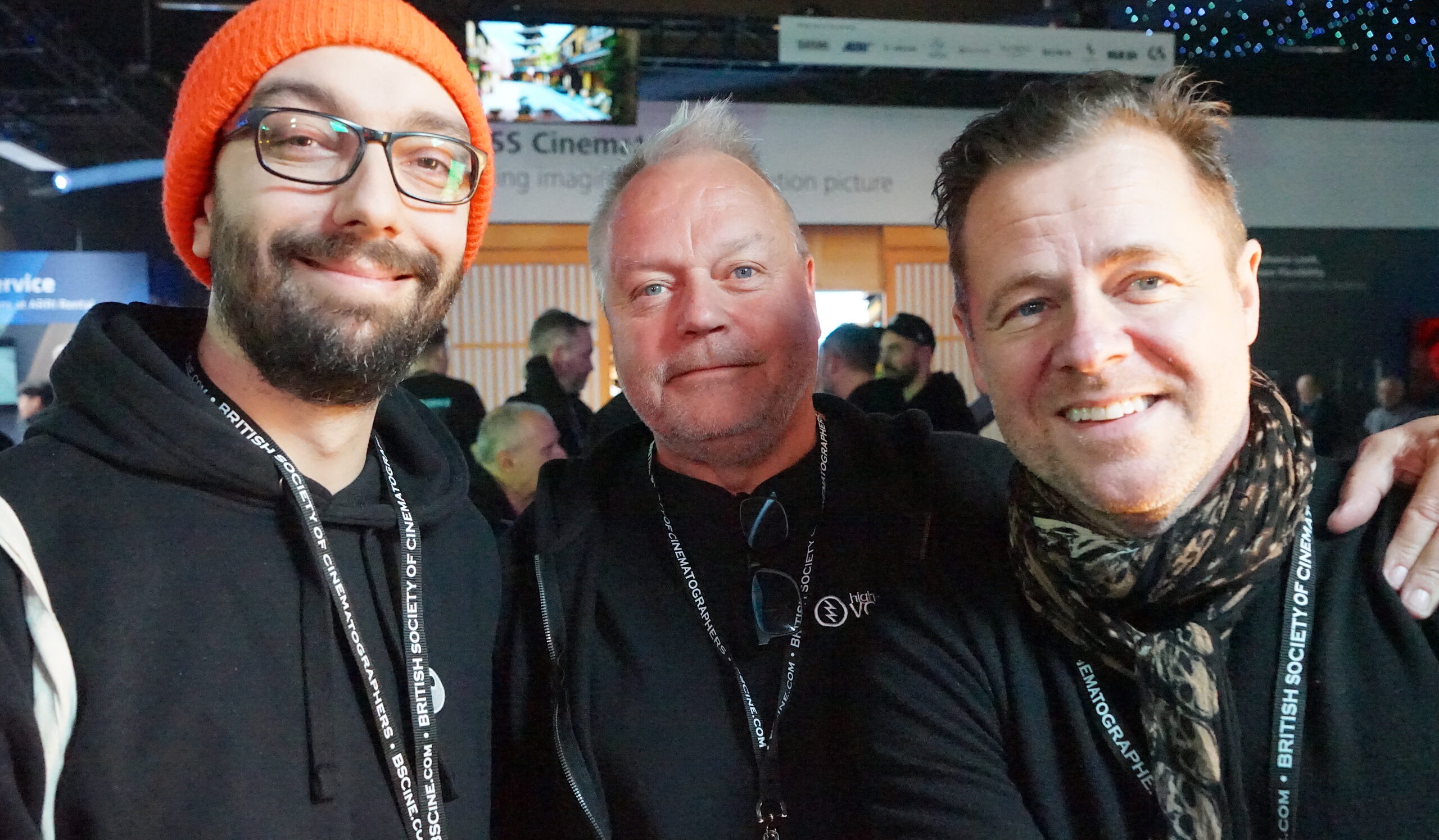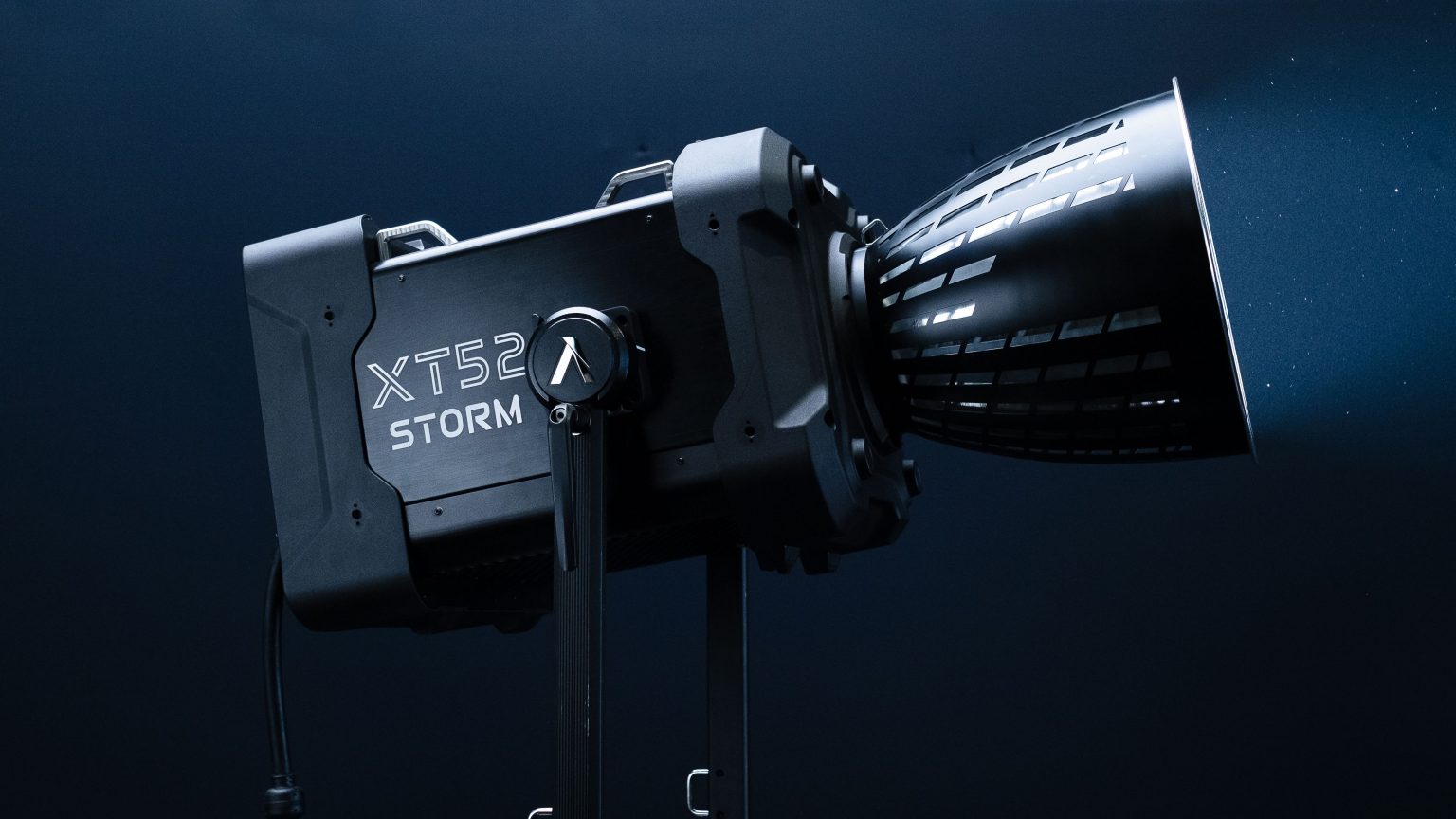”Fatman” opens in cinemas today. Exclusive interview with DoP Johnny Derango.
Santa Claus, caught in a desperate pinch, is forced to collaborate with the US Military to keep his operations afloat. Meanwhile, a megalomaniacal rich little kid, whom Santa decided to teach a lesson by putting a lump of coal in the kid’s stocking, has hired a lethal hitman to take Santa out!
Oscarwinning actor/director Mel Gibson stars as Santa Claus, with Walton Goggins as the hitman hot on his heels! Sound wild and crazy enough for your entertainment needs? We’re all about to find out soon, as ”Fatman” opens in cinemas this weekend Friday November 13th!
The film is the latest brainchild from the writer-director team of brothers Eshom Nelms and Ian Nelms, and as with many previous Nelms Brothers projects, cinematographer Johnny Derango served as Director of Photography on the picture. We we’re fortunate enough to get an exclusive interview with Johnny on his experiences on this exciting new project. Enjoy!
Lars Pettersson: Right off the bat, Johnny: your family name Derango… I immediately think of Durango, Mexico, where hundreds of great westerns have been shot…
Johnny Derango: Just a nice coincidence. I like to think of myself as a high plains drifter, traveling from town to town with just a camera…
L.P: ”Fatman” is your most recent collaboration with the Nelms brothers -could you tell our readers a Little about how this collaboration came about, how did you guys first meet at all?
J.D: Back in 2004, I was hired to shoot a building safety video for the US Bank Tower downtown Los Angeles. It was early in my career and I was shooting everything I could to hone my skills. The shoot consisted of a very small crew including the Director, myself and two grips, one of whom was Eshom Nelms.
Eshom and I got along really well on the shoot and I came to find out that he and his brother Ian were also writers/directors. Eshom shared some of their work with me, including their first feature film ”Squirrel Trap”. I was really impressed with what they had done with absolutely no money on that one.
I saw something intangible in their vision that I hadn’t seen in any director up until that point. I knew that they were the kind of filmmakers that I wanted to collaborate with.
Six years later, in 2010, we finally had the opportunity to work together on a short film that they wrote and directed. Since then, we’ve worked on four feature films (Lost on Purpose”, “Waffle Street”, “Small Town Crime”, “Fatman”), a TV series (“Everyone is Doing Great”) and countless shorts together.
L.P: Sounds like a very fortunate quirk of fate you and Eshom winding up on the same set like that, a collaboration meant to be! But if I can go back to the very beginning, for a minute -where did you grow up, what sparked your interest in cinema, and were other members of your family also involved in artistic fields?
J.D: I grew up in the small working-class town of Peru, Illinois, population less than 10,000 people. My father is a practicing dentist and my Mother a nurse who gave up her career to raise four children and manage my father’s office. My brother is an optometrist, my sister a hygienist and her husband an orthodontist. Apparently, I’m a bit of an aberration in that sense, since most of my family falls more into the math and science category, but my youngest sister and I gravitated towards the arts.
But, growing up, cinema was my escape from everyday stresses and pressures. I would sneak off to the video store every chance I got just to browse the aisles. Anything with a film festival logo on it appealed to me and I’d lock myself in my room and watch two or three films back to back to back.
I absolutely LOVED film, but, growing up in this small Illinois town, it never crossed my mind that I could become a filmmaker, I just incorrectly assumed that I would have to pick a “real” job.
So when it came time to make a decision on a career, having spent so much time watching action films and detective procedurals, I wanted to pursue a career in criminal justice and become a homicide detective.
When I told my parents my plans, they became fearful for my safety and immediately asked if there might be any other career option that I’d be interested in. I brought up filmmaking, and in what came as a complete surprise to me, they were incredibly quick to suggest that I explore that option. So with my parents’ unflinching support, I began attending Columbia College Chicago with plans to become a director. Soon after I got there, I met Ronn Pitts who would become my mentor and change the course of my career. Through Ronn, I learned that telling a story with visuals could be every bit as rewarding as directing the film itself. With Ronn’s encouragement, I fell in love with being behind the camera. He was and still to this day is the single biggest influence on my career.
L.P: You have extensive experience working both as a cinematographer and as a producer -that’s a fairly unusual combination -could you tell us a little how this has come about?
J.D: As a director of photography, especially when first starting out, you end up producing a lot by default because you simply have to wear many hats. But personally, through those experiences, I found out that I truly love producing, and I started to focus on it more when I wasn’t getting the kind of projects that I wanted. By actively seeking out the material, collaborators and projects that I wanted to be a part of, and then helping to put all of the pieces together was something that I not only enjoyed, it enabled me to more carefully craft the career I wanted.
In 2010, the Nelms Brothers, shared a script with me that they were trying to get off the ground. For the first time in my career, there was a project in front of me with filmmakers that I wanted to work with, a script I believed in and the makings of a cast I was excited about – and an opportunity for me to contribute beyond just cinematography. It was this perfect storm that caused me to go out and raise a significant portion of the budget. The Brothers, fellow producer Michelle Lang and I set out to make the best film we possibly could. That film, ”Lost on Purpose” (2013), would ultimately become a calling card that opened up a lot of doors and landed the Nelms Brothers the film ”Waffle Street” (2015). Their next film ”Small Time Crime” (2017), was even more successful and helped them to finally bring ”Fatman”, a script they had written 14 years prior, to the big screen.
L.P: With ”Waffle Street” and now ”Fatman” you’ve come to work with both leads of the ”Lethal Weapon” series! Danny Glover has delivered some great comedy work over the years, not he least in ”Be kind rewind” (2008)!
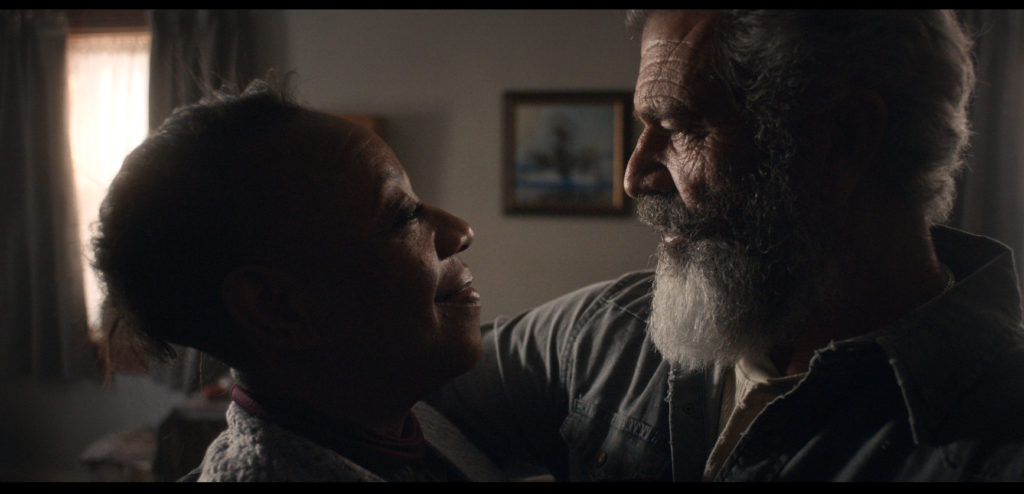
J.D: I love that you caught that! It’s a bit of a dream to think that I have now worked with two actors whose films greatly influenced and helped shape my love for cinema. I truly feel blessed to say that I have worked with both Danny Glover and Mel Gibson. In both cases, my working relationship with them was wonderful.
L.P: ”Small Time Crime” was also the film which In 2018 landed you on the prestigious American Cinematographer Magazine annual list of The Top 12 Cinematographers from across the globe to watch for…
J.D: Being named one of ASC’s Rising Stars of Cinematography was a surreal experience. To be recognized for your work by the most prestigious cinematography organization on the planet is an unparalleled honor. For me, one of the most exciting parts was connecting with many of the other DPs who were also on that list. It’s something that I didn’t realize early in my career but, connecting with other cinematographers, is a truly important part of growing as a DP. Hearing about other cinematographers’ career paths, processes, successes and failures is invaluable. Being a DP is such a solitary position that having other cinematographers to exchange stories with and bounce ideas off of is incredibly helpful.
L.P: ”Fatman” sounds so funny just reading the synopsis, that I can hardly wait to watch this one. Walton Goggins is one of those special actors who manages to instill a little humour into almost any parts he plays, no matter how serious, so It’ll be great to see him in an all-out comedy.Was ”Fatman” a fun movie to do, was there a lot of laughter on set?
J.D: ”Fatman”, as you’ll see, is like no other film that I’ve ever been a part of. The Nelms Brothers are masters of shifting tone within a film and this is no exception. The scenes weave seamlessly between action and serious drama to witty humor. There was never a dull moment!
L.P: What kind of films did you screen with Eshom and Ian in preparing for ”Fatman”?
J.D: In prepping ”Fatman”, we only looked at a handful of films, and the one that we came back to the most was “No Country for old Men” (2007). The stripped down visuals and straight forward cinematography of that film spoke to me. It was really important to both the brothers and I, that the film stay grounded in the real world. Be it the production design, wardrobe or my cinematography, the directive was to take this mythological figure and make him feel real. It was important to me to never get carried away and push towards the legend that we are all so familiar with but, instead, ground him as someone who audiences could truly relate to – he is Santa Claus but, ultimately, he’s a guy with a wife, a mortgage, and a business he’s trying to save.
L.P: Prepping for a project, do you get inspired by the various locations scouted in preproduction? Do they give you ideas for shots, compositions etc?
J.D: For me, inspiration can come from so many different places. As a DP, you have to keep your eyes open and constantly be looking at the world around you. Inspiration can come from anywhere, a photo on the cover of a magazine or on a walk you take to the store to clear your mind after a day of being in the office.
The same goes for locations. Sometimes, you walk into a space and see the way the light is playing naturally and you fall in love. Sometimes, it’s a practical lamp that is already in a location that you can tell will make for an incredible single source. Other times, such as in ”Fatman”, I saw a doorframe that looked into Ruth and Chris’ bedroom that I knew I HAD to shoot through.
In the final film, the doorway frames Chris as he tucks a box back under his bed after returning home on Christmas morning. There were so many things going through my head thematically when I saw it. We have a character who is lit beautifully in what should be a safe space but is held captive in a tight frame within a frame. He escapes it as the shot continues on, entering the hallway crossing through darkness then emerging into a lit room, where we see he’s is worse for wear but going to carry on. To me, that single shot and what he goes through could sum up the entire film. It’s moments like that which can really shape a story through the visuals. But, to your original point, that idea came from our original location scout where I could clearly see a possibly interesting shot -one that revealed a bit about the character’s arc.
L.P: Lighting-wise, do you prefer to ”light the space”, giving the performers freedom to move within the lit set, or do you prefer blocking the scene out with the director and then lighting it?
J.D: It’s always a huge benefit to block out a scene with the actors and directors so that we are on the same page and that there are no big surprises. I generally try to keep as much of my lighting outside or off the floor when possible. While my job is important, if an actor is restricted in any way, that can affect their performance. I try to work with the actors in much the same way I do when working with a director. I am there to support their vision and give them every advantage I can to make the best film possible.
That said, I do tend to like to start with lighting the space as much as possible and then light the actors based on the blocking. I like to light in layers, building up the background and finessing the lights in the allotted time. It’s always my aim to be ready before the AD is, whenever possible.
L.P: You’re a DoP and a producer, would you like to direct a film some day yourself?
J.D: As I said early on, it was my original desire to be a director. However, when I fell in love with cinematography and began working with other directors, I realized that I just did not yet have the life experiences to tell a story that wasn’t just a rehash of all the films/TV that I had seen. Over the years, I’ve been fortunate enough to work with incredibly talented directors, such as the Nelms Brothers, Steve Hicks (“Fuzz Track City”), James Lafferty and Stephen Colletti (“Everyone is Doing Great”) and Kim Noonan (“Radio 88”).
Through these experiences, watching their process and living another nearly 20 years of life, I finally feel ready to take that step. It looks like I will have the opportunity to direct an episode of a series coming up in the near future, so stay tuned!
Lars Pettersson FSF
